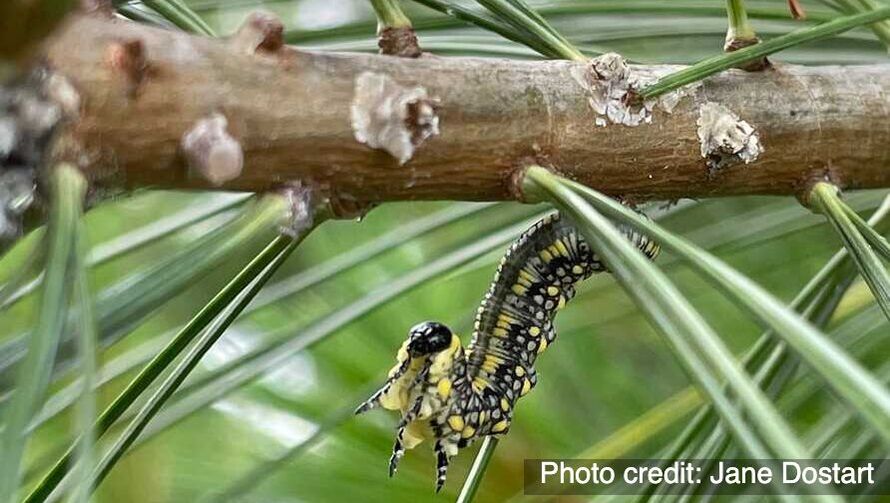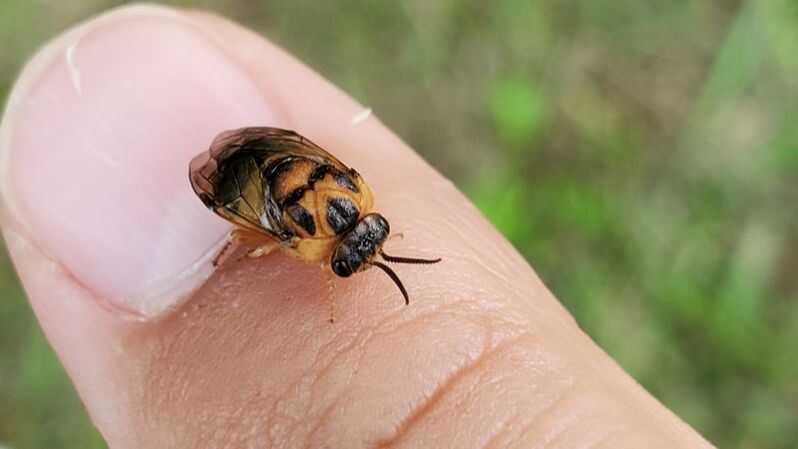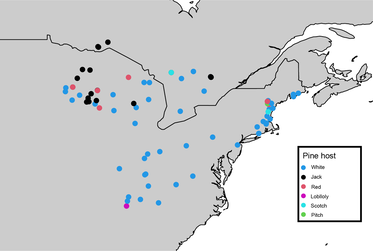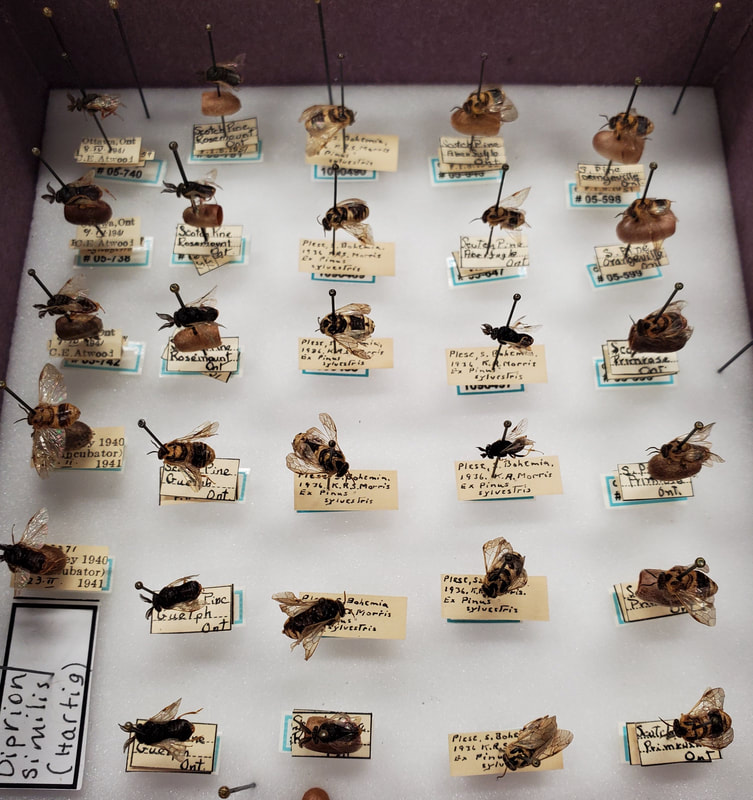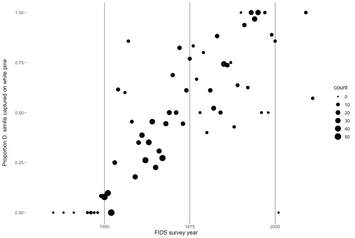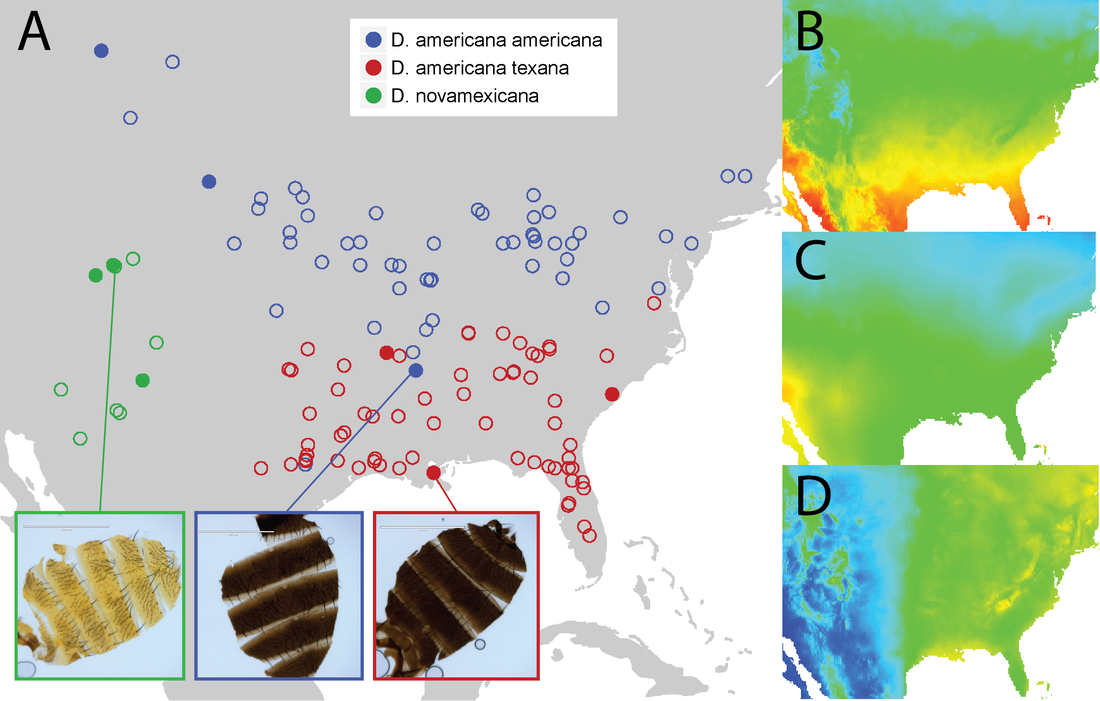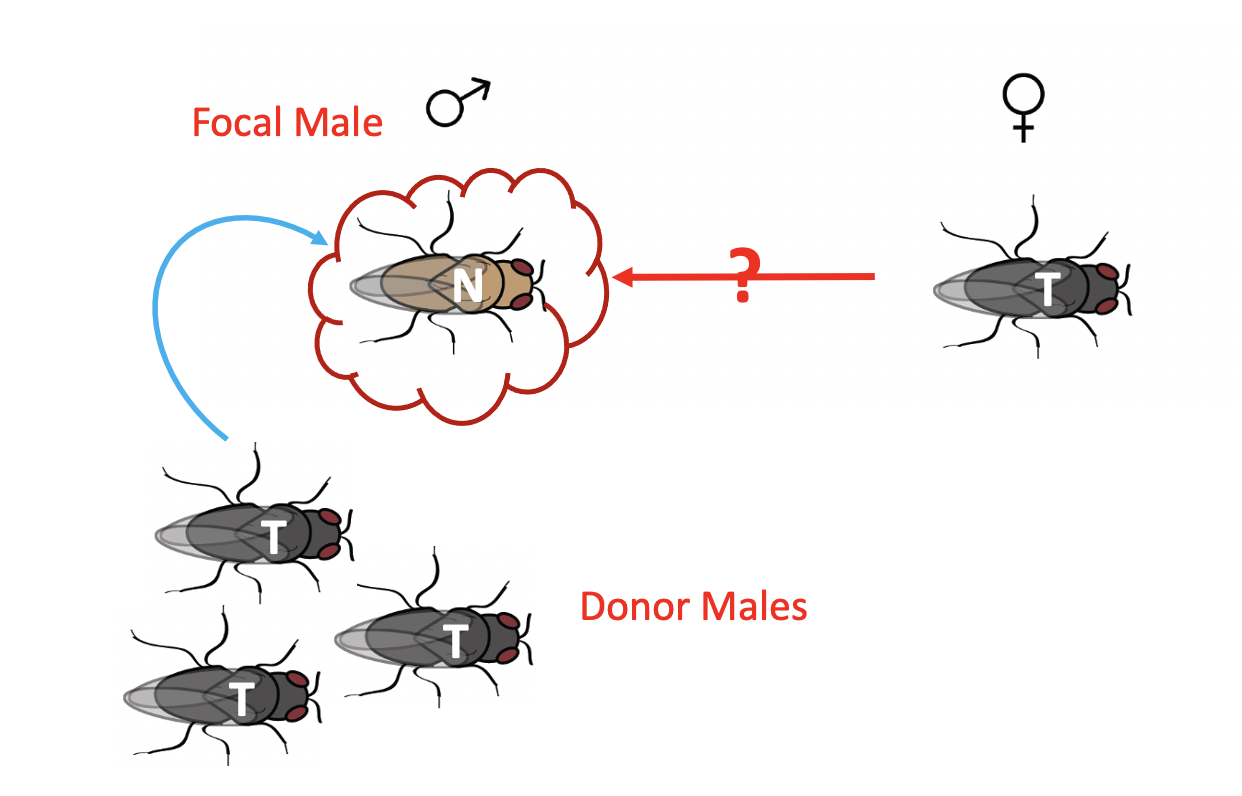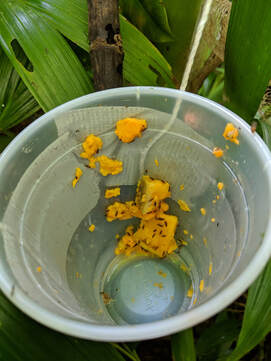Introduced white pine sawfly: Diprion similis
Meet my study system!
Diprion similis is known as the introduced white pine sawfly in North America, and the name tells you most of what you need to know about why they are so interesting. D. similis' native range is in the old world, stretching from western Europe across to eastern Russia, where it feeds primarily on the abundant Scotch pine (Pinus sylvestris) throughout.
In 1914, the first record of D. similis in North America was recorded in Connecticut. Since then, the species has spread across most of northeastern North America, but - as its name suggests - is now most often found on Eastern White Pine (Pinus strobus), which is native to North America and has drastically thinner needles than any native host.
The focus of most of my postdoctoral work is investigating the evolutionary history of this invasion and shift to a novel host, using both modern and historical specimens. My work intersects a variety of fields and approaches, including population genomics, "museomics", evolutionary ecology experiments, and morphometrics.
Diprion similis is known as the introduced white pine sawfly in North America, and the name tells you most of what you need to know about why they are so interesting. D. similis' native range is in the old world, stretching from western Europe across to eastern Russia, where it feeds primarily on the abundant Scotch pine (Pinus sylvestris) throughout.
In 1914, the first record of D. similis in North America was recorded in Connecticut. Since then, the species has spread across most of northeastern North America, but - as its name suggests - is now most often found on Eastern White Pine (Pinus strobus), which is native to North America and has drastically thinner needles than any native host.
The focus of most of my postdoctoral work is investigating the evolutionary history of this invasion and shift to a novel host, using both modern and historical specimens. My work intersects a variety of fields and approaches, including population genomics, "museomics", evolutionary ecology experiments, and morphometrics.
